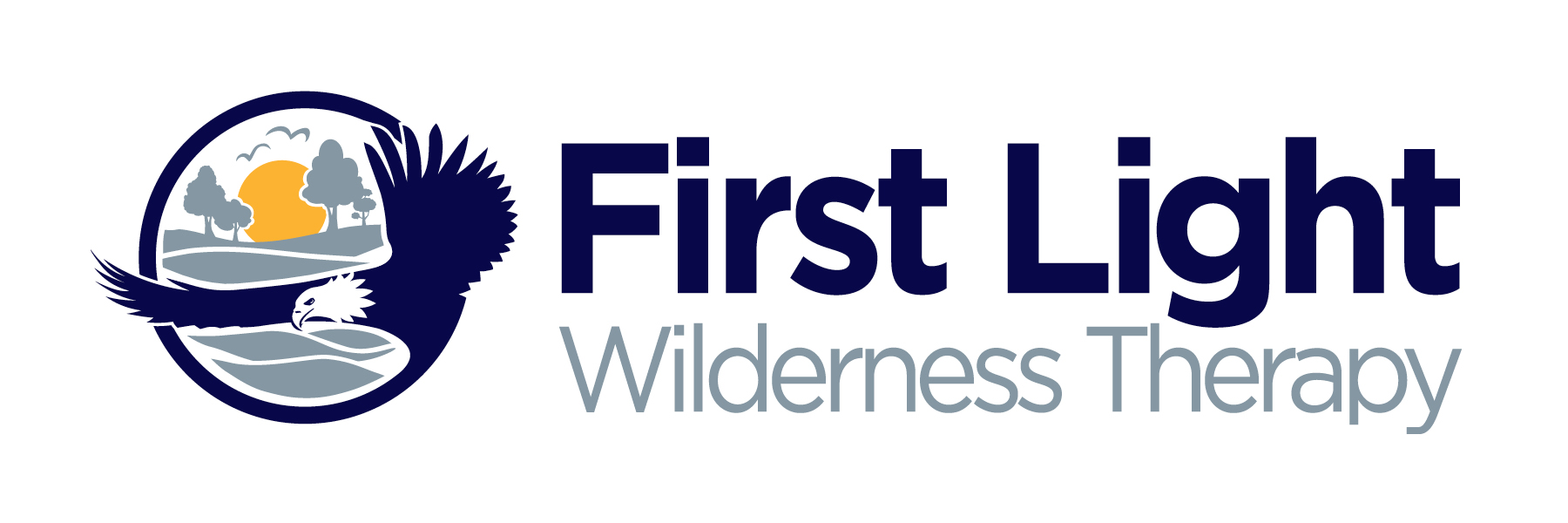Why Wilderness by Mycala Cherry
We’ve all heard the advice from on high in recent years: slow down. We’ve heard the benefits – better physical well-being, happiness, and joy, connection, and fulfillment. We’ve heard the warnings, too – if you don’t, you can expect to feel exhausted, sick, isolated, anxious, unhappy, unfulfilled. Objectively, most of us would choose the former. Many of us try to slow down but quickly realize that the more we slow down, the more life will leave us behind. We are perceptive enough to realize that modern society is not built for slow movers. There will always be expectations, something or someone vying for our attention, deadlines, or purely the grind to survive. We resign ourselves to this reality and tell ourselves WE must be doing something wrong if we can’t keep up and keep our sanity in the process.
Teens feel this mounting pressure from their world as much as adults do. From the time we are small, we are told where to go, what to do, how to behave, why we are good when we succeed, and why we must be bad if we fail. Growing brains are subject to an onslaught of stimulation all throughout development, whether it be from school, church, movies and television, video games, social media, or simply the emotions and actions of their peers, siblings, parents, extended family members, teachers, coaches, other adults in their community…and the list goes on. The advancement of technology and social platforms has added to this onslaught of stimulation to our brains and bodies, much more than decades past. (Small GW, 2022) The developing brains of children and adolescents are not, biologically or physiologically, equipped to process as much information and stimulation as they are getting. From a nervous system perspective, life itself is overwhelming. The effects aren’t pretty: climbing rates of depression, anxiety, ADHD, adverse childhood experiences and trauma, suicide and self-harm, disordered eating and body image issues, bullying, emotional outbursts and destructive behavior, risky decision-making and unsafe experimentation with substance use and sex (especially as adolescents are exposed to adult content and themes in media and are pushing for increased freedoms with age). (Abrams, 2022)
So why wilderness? As a parent or caregiver, maybe you’ve found yourself with an adolescent exhibiting some of the issues listed above. How do you reach them? How do you help them to understand the risks of their actions and the damage of their unhealthy coping mechanisms? How do you connect with a teen who seems to have lost themselves? How do you keep them safe? How do you give them the tools and guidance to succeed if they won’t slow down enough to listen?
Wilderness is different. If you’ve found yourself considering wilderness therapy for your teen, it’s likely that other interventions have not worked, either in the short term or long term. You may feel that this is the last chance you have to “get through” to your teen before they self-destruct or are seriously harmed. Wilderness therapy provides the opportunity for adolescents to slow down enough to get to the root of the issue, whatever it may be. It allows your adolescent to confront their patterns from home, their relationships, their emotions, and past wounds that are affecting their development, judgment, and sense of self.
First and foremost, wilderness therapy works by providing adolescents with an environment where they and their nervous systems can slow down. Day to day, outside pressures and expectations from school, friends, and family are actively causing stress to an adolescent’s nervous system and muddying their thought processes. These outside pressures are stripped away so teens can look at themselves clearly. In the fast-paced “real” life, teens are not able to escape these pressures. They are frequently living in fight-or-flight mode, which diminishes their capability for rational decision-making and emotional regulation. Research has shown that being outdoors has a calming effect on the nervous system.
Why Wilderness by Mycala Cherry
(Johnson EG, 2020) Getting to the root of any adolescent’s struggle with mental health requires a regulated nervous system.
Wilderness therapy also works to help teens regulate their emotions and practice self-reflection through the context of authentic and trusting relationships. Field staff mentors build trust with your adolescent by practicing compassionate care and support, enforcing healthy boundaries, and maintaining safety. As a teen begins to acclimate to wilderness treatment and connect with peers and staff, their relational patterns from home will begin to re-emerge in the group milieu and with their caregiver staff. Field staff caregivers then act as a mirror for your teen by providing in-the-moment feedback and challenging unhealthy thinking patterns. Teens are able to see the effects of their relational patterns on their peers and caregivers in real-time, allowing them to gain new insight into themselves and their relationships from home. An adolescent’s experience with relationship rupture and repair within the wilderness setting also allows them to practice new and healthy relational patterns at the moment, helping them to establish new neural connections and the foundation for healthy relationships in the future.
References
Abrams, Z. (2022, August 25). Why Young Brains Are Especially Vulnerable to Social Media. Retrieved from APA.ORG: www.apa.org/news/apa/2022/social-media-children-teens
Johnson EG, D. E. (2020, Nov). The Effectiveness of Trauma-Informed Wilderness Therapy with Adolescents: a Pilot Study. Psycology Trauma, 878-887. doi:10.1037/tra0000595
Small GW, L. J. (2022, June). Brain Health Consequences of Digital Technology Use. Dialouges Clinical Neuroscience, 179-187.
